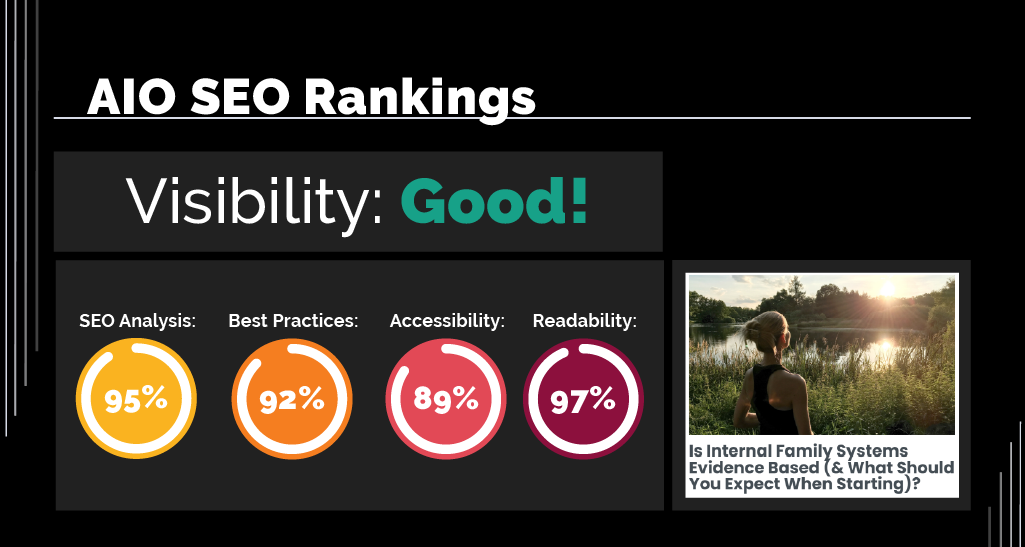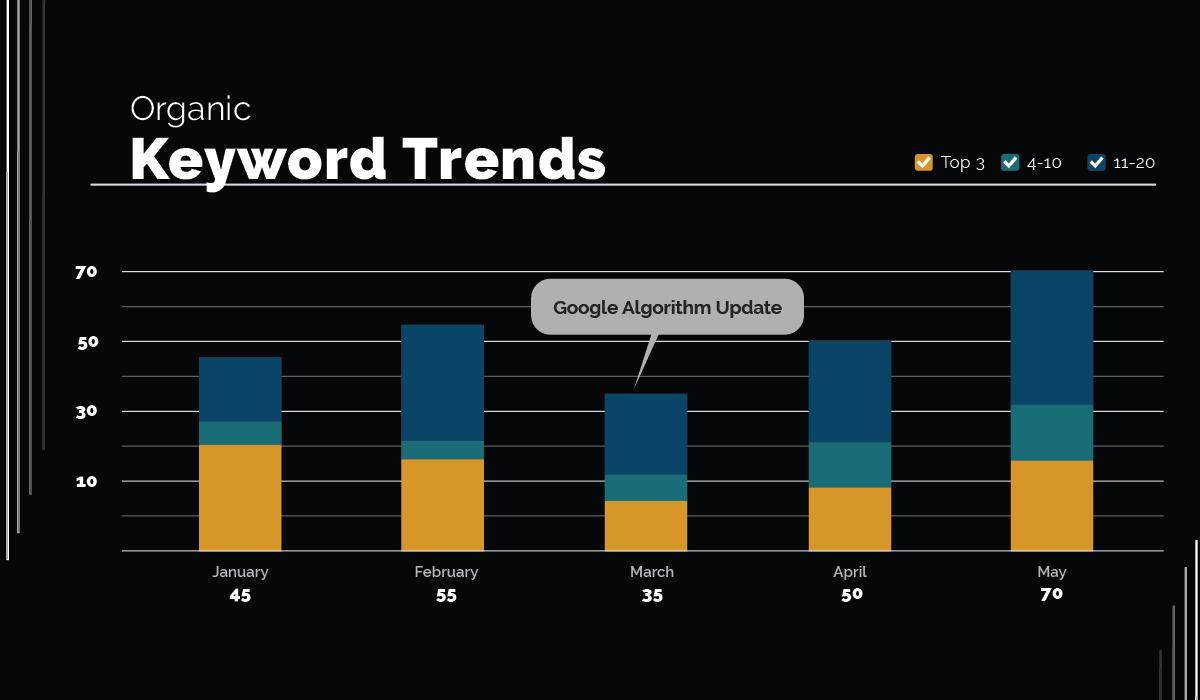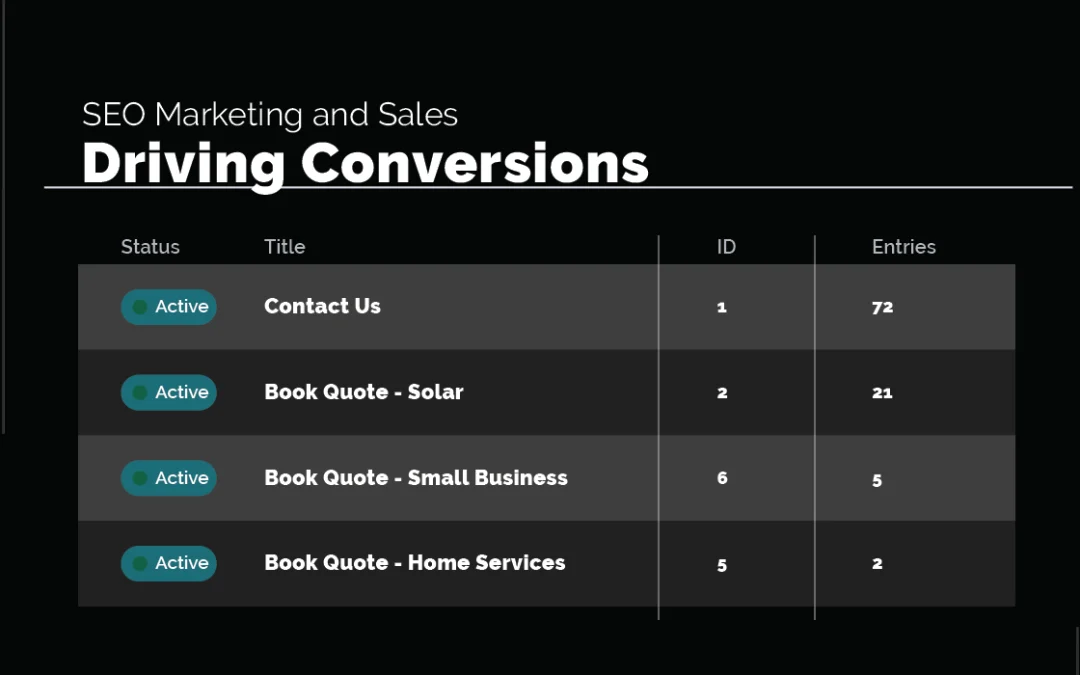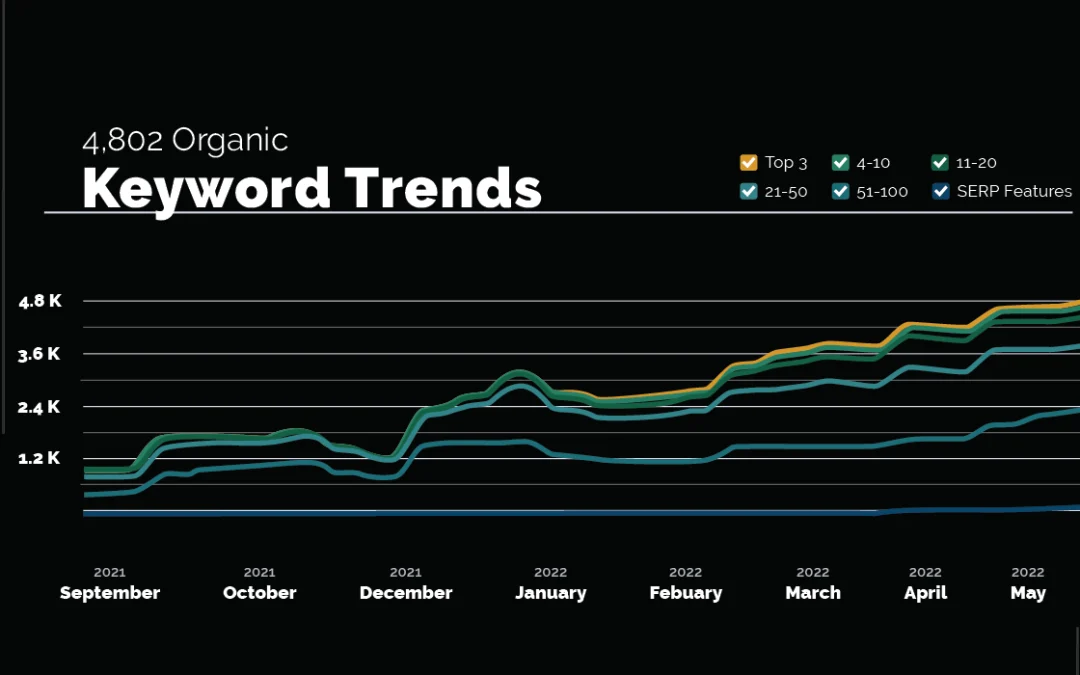Summary
- Staying up to date with Google’s algorithm changes is vital for maintaining and growing your online presence. You can get firsthand news about impending updates from official Google sources, such as the Webmaster Central Blog and Google Search Liaison.
- Following reputable SEO news websites and blogs can provide in-depth analysis and practical tips for adjusting to algorithm changes. Monitoring Search Engine Result Pages (SERPs) will also show you the results of algorithm shifts.
- You should also keep analyzing user behavior and preferences with tools like Google Analytics and Google Search Console. This can help you refine content and SEO in line with Google’s updates.
- Regular SEO audits help identify areas of improvement on your site and keep it in sync with the latest algorithm changes. Make sure to practice white hat SEO techniques that focus on user experience and valuable content.
- Diversifying traffic sources reduces reliance on organic search (offering resilience against unexpected algorithm updates), while A/B testing and quickly adapting to changes helps you keep evolving quickly. Consider partnering with digital marketing experts to help you implement these changes so that you can always be one step ahead.
The value of staying on top of Google’s algorithm changes can’t be overstated when your goal is to maintain and grow your online presence. These changes will influence your website rankings and organic traffic, which means your digital marketing strategies must adapt accordingly.
Below, we’ll show you how to stay in lock-step with this ever-evolving search landscape. These clear and actionable steps will show you how to stay aware of new changes as Google implements them and proactively update the strategies your business uses to stay competitive.
1. Use Official Sources to Stay Informed
The best way to learn about upcoming Google updates is to go right to the source. Google doesn’t exactly try to hide the changes it’s planning—they actually want you to prepare for them, so they usually put out word well ahead of time.
Knowing where to look for news about algorithm changes lets you align your strategies directly with Google’s expectations. This not only safeguards your site’s rankings from being penalized but also positions you to move ahead of competitors who aren’t so up to date.
Here are two reliable and official sources for finding out when Google’s planning something new:
 Google’s Search Central Blog (Formerly Google Webmasters):
Google’s Search Central Blog (Formerly Google Webmasters):
- Visit the Google Search Central Blog.
- Subscribe by entering your email in the subscription box.
- Regularly check for updates, insights, and announcements directly from Google’s engineers.
 Google Search Liaison on Twitter:
Google Search Liaison on Twitter:
- Go to Google Search Liaison’s Twitter page.
- Click “Follow” to get real-time updates on algorithm changes.
- Monitor tweets and consider how upcoming changes may affect your business.
- Engage with the community for additional insights.
Use these channels to inform your SEO updates and you’ll already be well-positioned to deal with changes as they occur.
2. Follow Reputable SEO News Websites and Blogs
While Google itself provides news about upcoming changes to its algorithm, a lot of the in-depth analysis will come from other sources. For the deep cuts, you’ll want to follow SEO websites and blogs run by experienced digital marketers (congratulations; you’re already off to a great start!).
Industry experts will be able to provide you with extra insights and practical tips. Engaging with these sources can offer you a richer understanding of new trends, helping you refine your strategies and outmaneuver your competitors.
In addition to reading our blog, we recommend:
Moz:
- Visit Moz Blog.
- Subscribe to their newsletter or RSS feed.
- Regularly read articles and watch Whiteboard Friday videos for comprehensive insights.
Search Engine Journal:
- Go to Search Engine Journal.
- Sign up for daily or weekly updates.
- Engage with the community through comments and forums.
Other useful examples include SEMrush Blog and Search Engine Land. Cross-reference tips from multiple sources for best results.
3. Monitor Search Engine Result Pages (SERPs)
Monitoring SERPs isn’t just about watching numbers change on a screen. It’s about understanding your positioning within the market and recognizing changes that could indicate shifts in Google’s algorithms.
Regular tracking helps you see where you stand against competitors, allowing you to react swiftly to changes, protect your rankings, and seize opportunities to climb higher on the search results page.
Importance of SERPs
Observing SERPs helps in understanding:
- Your site’s position for specific keywords.
- Your competitors’ strategies.
- Fluctuations in search visibility.
Step-by-Step Monitoring
- Identify Key Keywords: Determine the keywords that are most vital to your business.
- Use Rank Tracking Tools: Tools like SEMrush can help you track these keywords over time.
- Manual Checks: Regularly search your main keywords on Google and note the changes in rankings.
If you notice significant shifts, this may signal a Google algorithm change that you weren’t previously aware of. You can also set up alerts with tools like Google Alerts to notify you about specific keyword changes or mentions.

4. Never Stop Analyzing
Algorithm changes are almost always accompanied by shifts in user behaviour, which makes your analytics more important than ever. This data helps you uncover your user’s preferences, behaviour patterns, and pain points.
Once you’ve done that, you can use what you know to refine your content and SEO—creating the kind of experience Google’s new changes are promoting and improving your rankings as a result.
See Also: How to Measure the Success of Your Digital Marketing Campaigns
Tools for Success
- Google Analytics: Lets you regularly check user behavior, sources of traffic, and bounce rates.
- Google Search Console: Use this to monitor search queries, click-through rates (CTR), and site performance.
If you detect any significant changes, make sure to take a closer look at the specific pages or keywords affected. Then, modify your content and SEO strategy to align with the latest trends (or recover from a drop).

5. Conduct Regular SEO Audits
Regular SEO audits help you identify the areas where your site may be lagging or excelling, allowing you to make data-driven decisions to enhance your online presence. This helps ensure that you’re always in sync with the latest algorithm changes and makes it easier to maintain your rankings.
Quick Steps for SEO Audits
Site Structure:
- Use tools like Screaming Frog to crawl your site.
- Analyze site architecture and internal linking.
- Implement changes to enhance navigability.
On-Page SEO:
- Check meta titles, descriptions, and headers.
- Ensure proper keyword usage.
- Improve content quality and relevance.
Backlinks:
- Use tools like Ahrefs to analyze your site’s backlink profile.
- Remove or disavow toxic links.
- Develop a strategy for building high-quality links.
6. Embrace White Hat SEO Practices
White Hat SEO is more than just following the rules; it’s about building a sustainable and reputable online presence. By adhering to Google’s Webmaster Guidelines, you protect your site from potential penalties and build trust with both search engines and users. Remember: positive user experience and valuable content always contribute to long-term success, even when Google rolls out algorithmic updates.
Quick Steps for White-Hatting
- Follow Google’s Webmaster Guidelines: Implement and regularly review these, as they can change when algorithm updates occur.
- Focus on User Experience: Design your site with the user in mind, prioritizing navigability and accessibility.
- Provide Valuable Content: Produce original, informative content that helps users answer questions and solve problems.
See Also: Why You Shouldn’t Over-Optimize Your Content for SEO
7. Diversify Traffic Sources
Relying completely on organic search can be risky—if Google drops an algorithm update you’re not prepared for, your site can suffer. It’s better to take a multi-channel approach to your digital marketing, so that you have residual sources of traffic in case you get totally rocked by changes you didn’t expect. Always have a backup plan!
How to Build Traffic from Other Sources
Social Media Marketing:
- Create and maintain profiles on platforms relevant to your audience, such as Facebook, Instagram, LinkedIn.
- Share valuable content, engage with followers, and run targeted ads.
Email Marketing:
- Build an email list through sign-ups on your website and other lead generation tactics.
- Send regular newsletters with valuable insights, offers, and updates.
- Segment and personalize emails for better engagement.
Explore Other Channels:
- Consider paid advertising, affiliate marketing, influencer collaboration, etc.
- Test different channels to see what resonates with your audience.
- Continuously monitor and optimize to make sure these channels remain cost-effective.
8. Test & Adapt to Changes
Adaptability isn’t just a survival trait; it’s a growth engine. Being open to change and experimentation enables you to evolve along with the landscape around you.
A/B testing will help you find out what parts of your content are strongest after an update. But remember: adapting quickly is the single best thing you can do to take advantage of updates and use them to your advantage instead of falling behind the curve.
A/B Testing in a Nutshell
- Create different versions of key assets with variations in content and design.
- Use tools like Google Analytics to see which version performs better.
- Apply the features of your highest-performing content to similar assets.
The digital marketing landscape is always changing, especially when it comes to SEO. By staying informed, analyzing your site’s performance, embracing ethical practices, and diversifying your strategies, you’ll not only navigate the murky waters of SEO but also thrive in them.
Use what you’ve learned here to start making changes today—and feel free to contact our team at Monochrome Marketing if you need expert help with any of the above. You’ll be a step ahead in the game, and your bottom line will thank you.









